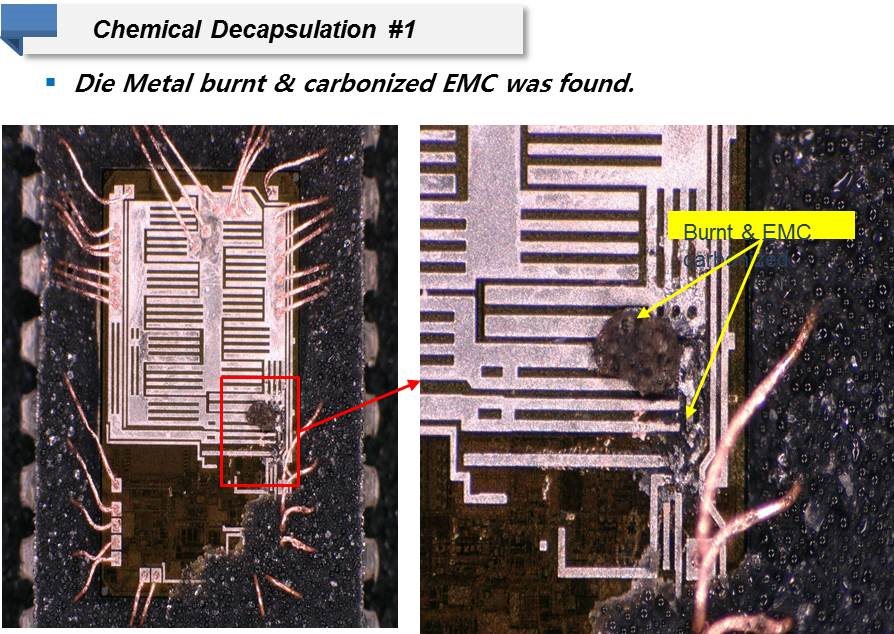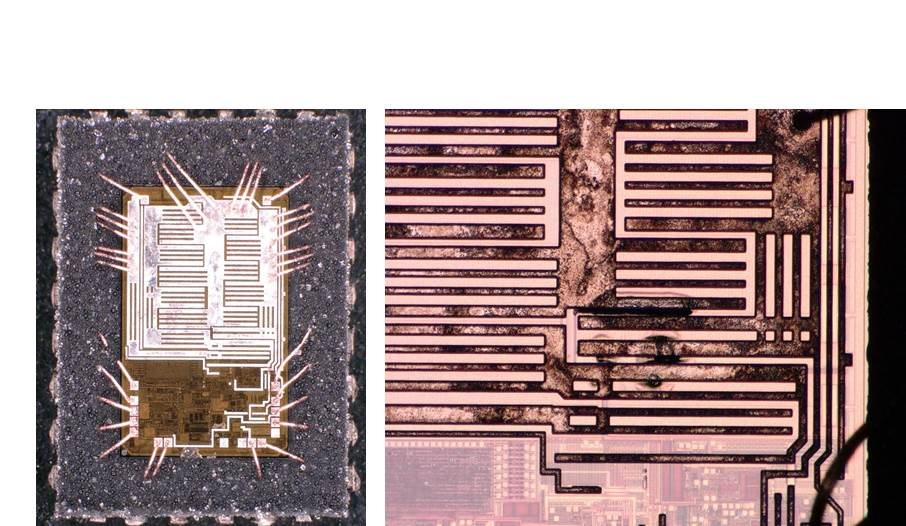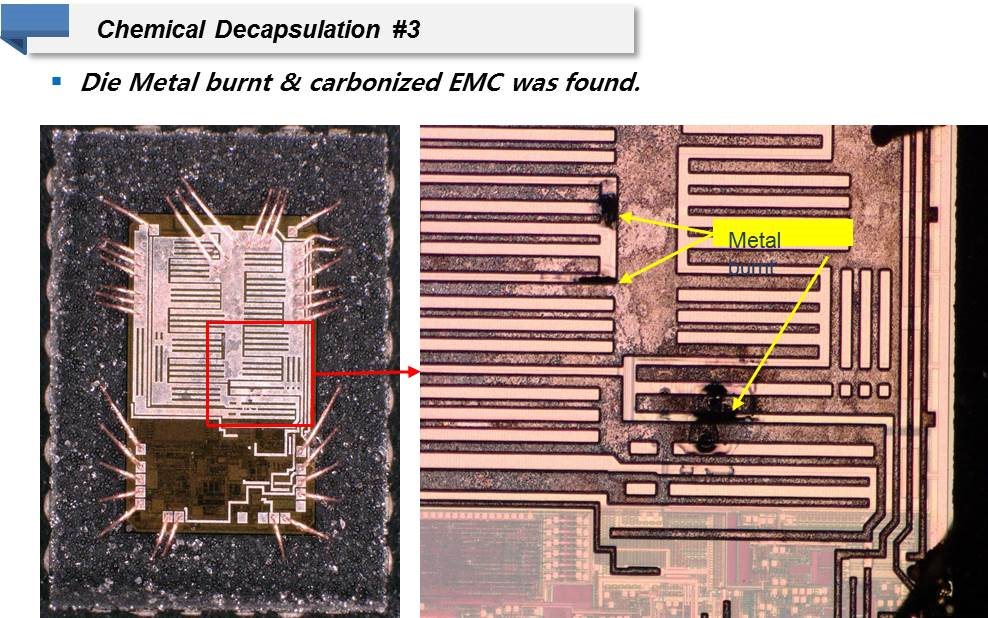We will inquire about BQ24103.
Input and output conditions
1. Input: 12V / 2A
2. Output: 8.4V / 1A
problem
BQ24103 VCC and GND SHORT during IC charging.
The phenomenon appears after 3 to 6 months of use by consumers.
What kind of things do you suspect?
It is currently composed of (Charger → Battery → booster).
The corresponding circuit diagram.





